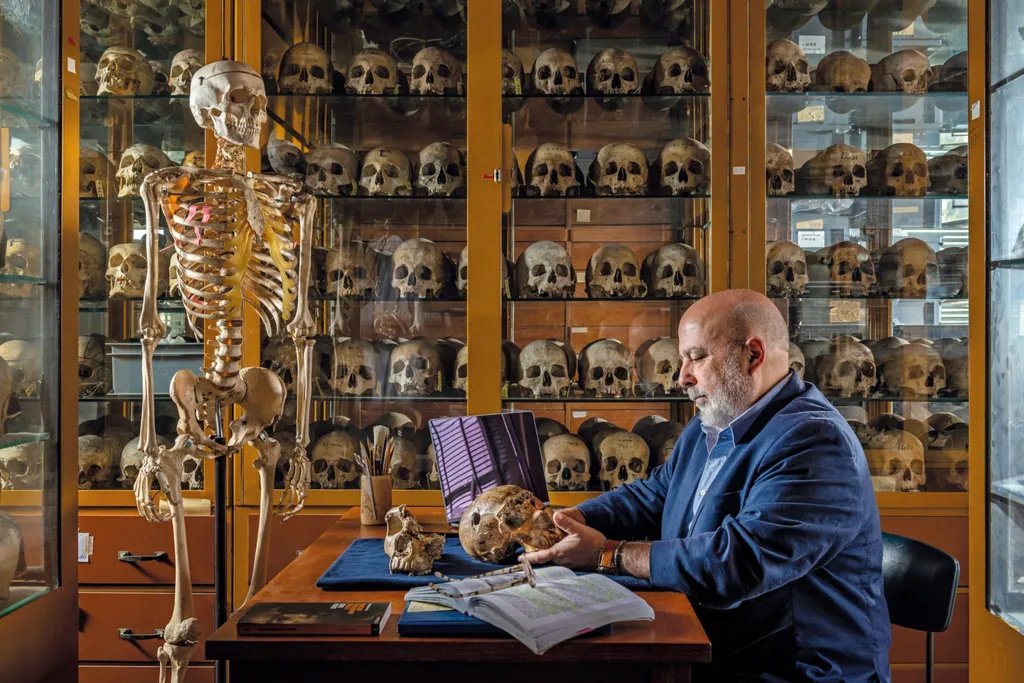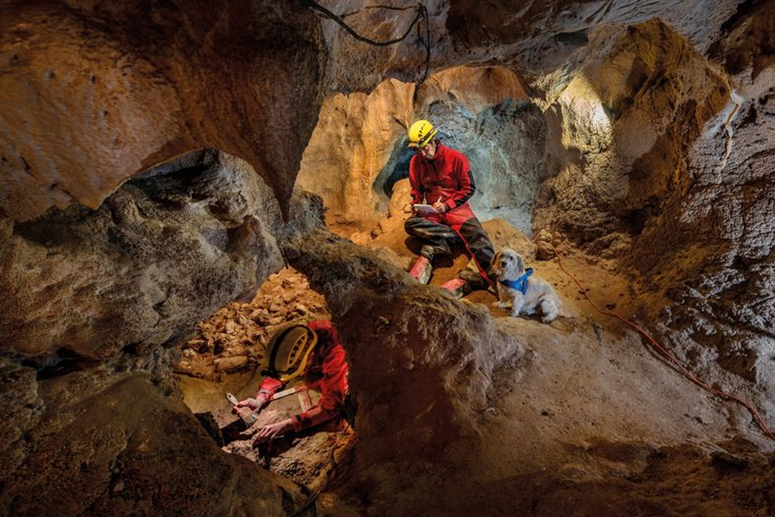?What was the world of Neanderthals like

This life-size silicone reproduction of a Neanderthal known as Altamura Man is on display at the National Archaeological Museum of Altamura, Italy. Created by paleoartists Adrie and Alfons Kennis, the reproduction is based on analyzes of the original skeleton from Lamalunga Cave, one of the oldest Neanderthal fossils discovered to date.
Thanks to technological advances, discoveries concerning the life of Neanderthals have never been so numerous and precise.
Until about 40,000 years ago, Homo sapiens shared the planet with its closest known relatives, the Neanderthals. The latter, shorter and stockier than modern humans, inhabited regions ranging from Western Europe to Central Asia. Archaeological finds reveal that these Homininis were remarkably resourceful: they made stone tools, hunted large animals, used fire, wore clothing, and engaged in certain symbolic behaviors, such as the likely burial of their dead.
Despite these abilities, Neanderthals quickly declined following a large migration of Homo sapiens to Europe. Even today, scientists wonder if the main cause of this extinction was competition with our species or the evolution of the environment. The clues collected on Neanderthal sites could help answer this question, but also solve many other mysteries concerning our ancient parents.

Anthropologist Giorgio Manzi examines Neanderthal skulls 'Saccopastore 1' and '2' at the Museo di Antropologia Giuseppe Sergi della Sapienza, Rome. Excavations where the skulls were found have also unearthed stone tools and bones of elephants, hippopotamuses and rhinos, which attest to the antiquity of the human fossils, which date about 130,000 years old.
In Italy, new details about the life of Neanderthals have been unearthed, for example, in the caves, shelters and temporary encampments they used. In Guattari Cave, near the coastal town of San Felice Circeo, south of Rome, Neanderthal remains, probably collected by spotted hyenas, have recently been discovered . Hyenas do indeed hoard bones in their dens, and this assemblage, which included seven Neanderthal men, a woman, and a young boy, led researchers to conclude that an entire Neanderthal community may have lived in the area.

The promontory of Mount Circe is full of coastal caves, such as Fossellone (whose entrance can be seen in the photo), Breuil and Guattari, where excavations have uncovered Neanderthal remains. 100,000 to 50,000 years ago, Circe was surrounded by plains and inhabited by some of the last Neanderthals.
This region of Italy, mountainous and rich in limestone caves, was suitable to provide shelter to the ancestral human populations. The latter, who lived a nomadic lifestyle and tracked their prey according to the seasons, probably revisited these caves to use them as shelters.
In the past, researchers relied on bones and fragments of tools or weapons to learn more about Neanderthals. Today, on the other hand, experts have sophisticated tools allowing them to excavate these ancient dwellings in search of a wealth of information about their life, even when fossil remains are scarce.

Between 2019 and 2022, excavations in the Guattari cave in Circe unearthed the remains of nine individuals dating from 100,000 to 57,000 years ago. The excavations were carried out by the Soprintendenza Archeologia, Belle Arti e Paesaggio for the regions of Frosinone and Latina, and by the Università di Roma Tor Vergata, under the direction of Francesco Di Mario.

The fossil skull and bones of Altamura Man still lie where they were discovered nearly thirty years ago, embedded in rock and a layer of calcite in Lamalunga Cave, near from the city of Altamura, in southern Italy. Dating back 130,000 years or more, the remains are covered in calcite deposits and were discovered by cave researchers from the Centro Altamurano Ricerche Speleologiche.
Thanks to advances in technology, the many traces of the past that abound in the caves once inhabited by Neanderthals are much more visible to specialists. Some of the most remarkable discoveries in recent years have come from previously overlooked details of Neanderthal debris. The ashes of hearths, for example, suggest the use of fire , discarded animal bones reveal traces of butchery techniques , and the shape of stone shards indicate the sophistication of Neanderthal tool production . Chemically dated pigments have even suggested that Neanderthals made cave paintings .
Many mysteries remain about this ancestral species, such as the frequency of their symbolic behaviors and the exact causes of their disappearance. However, thanks to new scientific discoveries that reveal extraordinary details about their lives, we can now unveil the lives of our distant relatives in far greater detail than ever before.

Excavations were carried out at Cala dei Santi, on the west coast of Italy, by Ivan Martini and Vincenzo Spagnolo of the University of Siena. 50,000 to 40,000 years ago, the site was occupied by Neanderthals.

The sun rises in front of the cave of Cala dei Santi, on the promontory of Argentario, Italy, which overlooks the Mediterranean Sea. By the end of the Pleistocene, around 50,000 years ago, the waters had receded, exposing the plains on which Neanderthals probably hunted.
Source : websites

